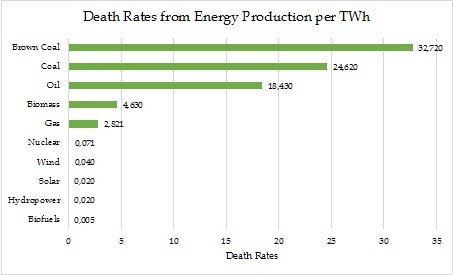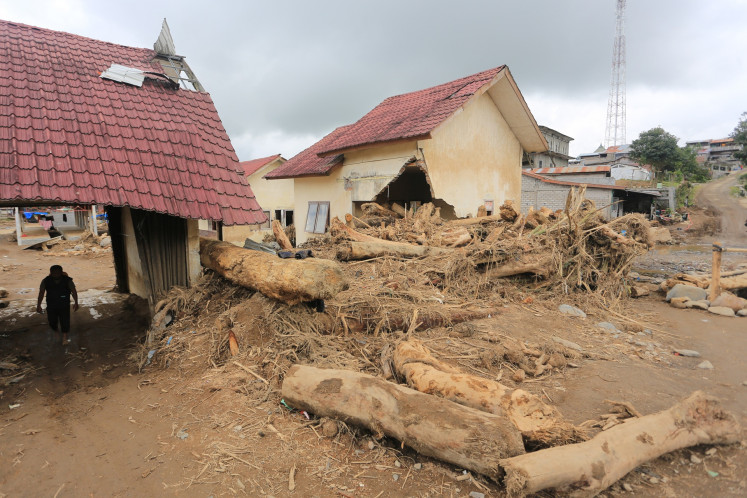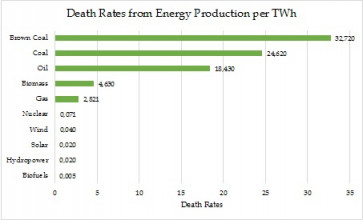Popular Reads
Top Results
Can't find what you're looking for?
View all search resultsPopular Reads
Top Results
Can't find what you're looking for?
View all search resultsWhy fear nuclear power?
Nuclear power is clean and sustainable; its waste has never been a real problem; and it does not produce direct CO2 emissions.
Change text size
Gift Premium Articles
to Anyone
T
he United Nations Climate Change Conference (COP26) has ended. Neither President Joko “Jokowi” Widodo nor Environment and Forestry Minister Siti Nurbaya Bakar promised to guide Indonesia to reach net-zero emissions by 2050.
Indonesia’s commitment remains the same as mentioned in its Nationally Determined Contribution (NDC) submitted to the UN last July: to reduce greenhouse gas emissions by 29 percent independently or up to 41 percent with international support by 2030. We are also exploring scenarios that could lead to net zero by 2060 or sooner.
Although critics say that our commitment is not ambitious enough, meeting this goal requires a bold move: ending our reliance on fossil fuels and transitioning to green energy options.
What are those green options? The most popular green sources are solar, wind, hydro, geothermal, biomass and, last but not least, nuclear energy. However, many environmentalists oppose nuclear power. Why?
They often cite the risks caused by geographical factors and the underutilization of existing renewable energy sources to defy nuclear power. Indonesia is prone to earthquakes and volcanic activities as it sits within the Ring of Fire. Such a geographical disadvantage would make a nuclear power plant vulnerable to an accident.
However, Indonesia actually has several regions that are less prone to natural disasters and are therefore safe for building nuclear power plants, such as Borneo, Bangka Belitung and the Riau Islands.
Many environmentalists are also obsessed with “safer” alternative energy sources, such as solar, wind, hydro, geothermal and biomass. Empirically, these alternative sources are not entirely environmentally friendly. For example: 1) at the end of their operation, solar panels produce tons of toxic waste; 2) wind power needs much land usage and degrades habitats for wildlife; 3) the operation of hydroelectric generators harms surrounding wildlife and produces emissions from reservoirs; 4) geothermal power may cause surface instability and uses a lot of water in its processes; and 5) biomass power generation releases methane and CO2 into the atmosphere.



















